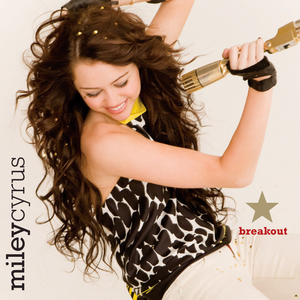Piano Sheets > Miley Cyrus Sheet Music > Goodbye (ver. 1) Piano Sheet
Goodbye (ver. 1) by Miley Cyrus - Piano Sheets and Free Sheet Music

About the Song
Other avaliable versions of this music sheet: Version 1 Version 2
Goodbye is the 11th track from Breakout, the second studio album by American singer-songwriter Miley Cyrus. The album was released on July 22, 2008 by Hollywood Records and is Cyrus' first not affiliated with the Hannah Montana franchise. This, coupled by Cyrus' fondness for the album's first track, influenced the title of the album. Cyrus composed many of the songs on Breakout as she traveled on the Best of Both Worlds Tour (2007–08), co-writing eight of the album's twelve songs; three are covers, and one is a remix. Most songs feature writing credits for Antonina Armato and Tim James. Overall, Breakout is dominant on pop rock but explores a variety of other musical genres. Lyrical themes addressed in the album relate to breakups and coming of age. Miley Ray Cyrus (born Destiny Hope Cyrus on November 23, 1992) is a Golden Globe- and Critic's Choice Award- nominated American singer,.
Download this sheet!
About the Artist

Random article
Sheet music, theory and beyond When you take a look at a piano music sheet for the first time, all you will see is beautiful written characters which make absolutely no sense to you. And if you are a keen observer, you will notice that there are many types of circles associated with the piano music sheet language. Sheet music belonging to the instrument piano also consists of incomplete circles connected together by one or a collection of lines. Plus there are other symbols which will appear totally strange to you. So what are they all about and what do they mean? (More...)
